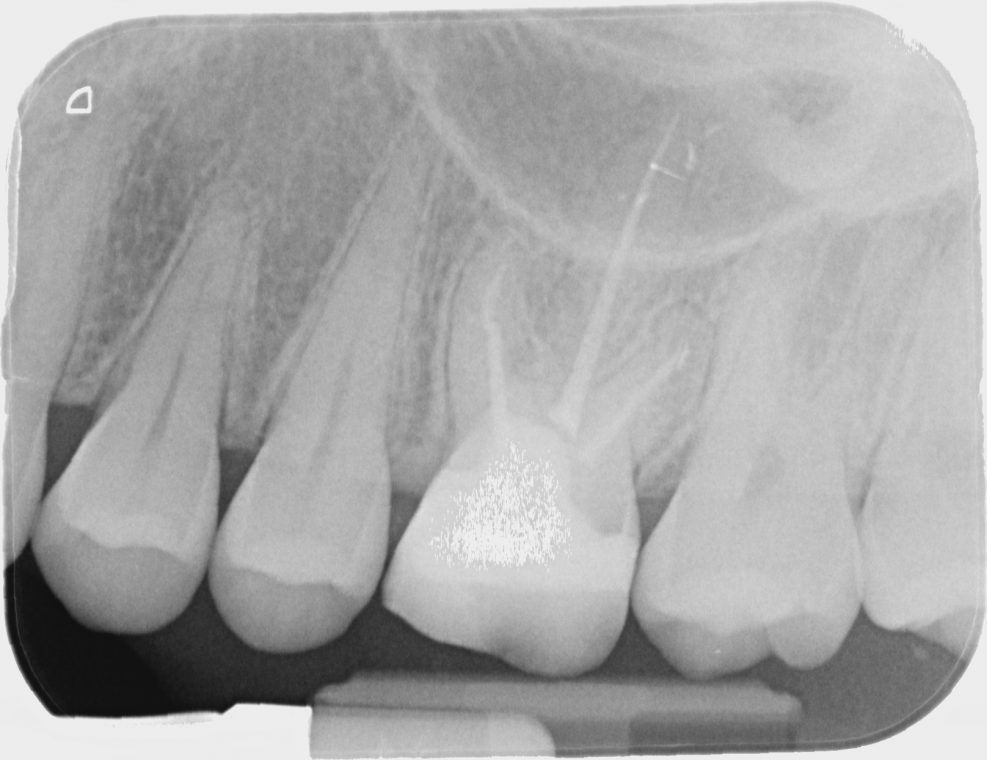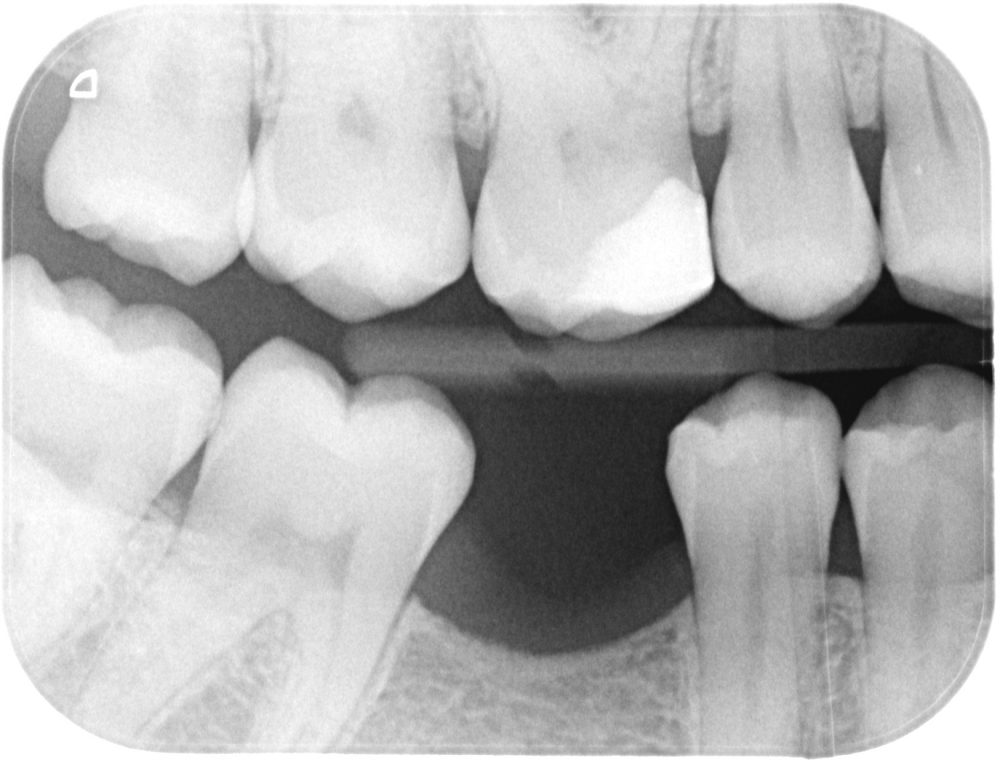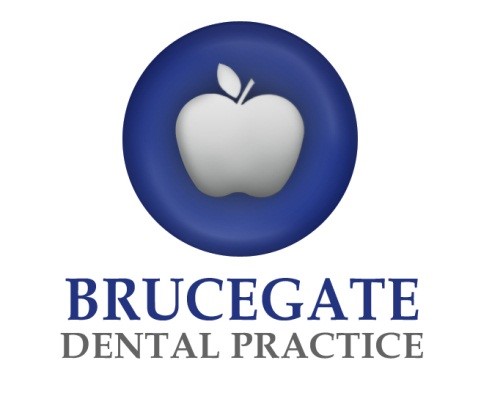Why your Dentist takes X-rays…
There are a few different reasons why your dentist will take an X-ray, but firstly have you ever wondered what an X-ray is?
An X-ray is;
A tiny amount of radiation that passes through your body and makes an image on a special type of film or through an electronic detector. The image that is created, is called a radiograph.
If you are worried about being exposed to radiation, our doses are very low. The amount of radiation you are exposed to is about as much as you would receive on a 3 hr flight!
So, When are X-rays taken? and Why do we take them?
1.To check for dental decay
These X-rays are usually taken at you regular dental check-ups and show each side of your mouth. This enables the dentist to see in-between your teeth at the parts that aren’t visible to the naked eye. This is also the only way to check for any decay under fillings.
Under NICE* guidelines those that have regular dental check-ups and a healthy mouth would expect to have X-rays taken around every 2 years, those that have a higher rate of Decay* or Gum disease* would expect them to be as frequent as every 6 months.
2. To check bone levels
An X-ray will show the degree of bone loss associated with gum disease. If you have gum disease the build up of bacteria begins to gradually eat away at the underlying jawbone, your dentist will monitor this by re-taking them a few months later as stated above.
3.Checking roots for infections/fractures
If you tell your dentist you are suffering from toothache, and there are no obvious signs of why on the outside of the tooth, your dentist will take an X-ray. This will show the roots of the tooth and whether it has any fractures or infection.
Or for diagnosis after a trauma to the face, although teeth may feel fine initially, an X-ray can show if it has affected the roots, and are sometimes carried out again after a few months to check for any changes.
4.Treatment planning/completion
This gives the dentist a full view of the teeth, bone and soft tissues for before and after procedures, helping them plan treatment accurately and efficiently. Or letting them know the treatment has been successful i.e. at the end of Root canal treatment.
5.Status of developing teeth
If a childs teeth are late in developing, X-rays can be taken to check that adult teeth are there or not. In adults they can be taken to check for un-erupted wisdom teeth.
Understanding
Here are the most commonly used X-rays within general dental practice.

- Periapical; Used to focus on a particular tooth or area, this provides a view of the entire tooth. From the crown to the root and even the bone that helps support the tooth.

- Bite-Wing Offers a visual of both the upper and lower back teeth. This type of X-ray shows the dentist how these teeth touch one another (or occlude) and helps to determine if decay is present between back teeth, and monitor bone levels.

- Panoramic (commonly known as OPG or DPT) Shows a view of the teeth, jaws, nasal area, sinuses and the joints of the jaw, and is usually taken when a patient may need orthodontic treatment or implant placement.
*NICE (National Institute for Health and Care Excellence);
Nice guidelines are evidence based recommendations developed by independent committees. Including professionals and lay members, and consulted on by stakeholders.
*Decay;
Dental decay happens when the enamel and dentine of a tooth become softened by acid attack after you have eaten or drunk anything containing sugars. Over time, the acid makes a cavity (hole) in the tooth. ‘Dental decay’ is the same as tooth decay and is also known as ‘dental caries’.
*Gum Disease;
is described as swelling, soreness or infection of the tissues supporting the teeth. There are two main forms of gum disease: gingivitis and periodontal disease.
Gingivitis; means ‘inflammation of the gums’. This is when the gums around the teeth become very red and swollen. Often the swollen gums bleed when they are brushed during cleaning.
Gingivitis if left untreated can turn into periodontal disease. There are a number of types of periodontal disease and they all affect the tissues supporting the teeth. As the disease gets worse the bone anchoring the teeth in the jaw is lost, making the teeth loose. If this is not treated, the teeth may eventually fall out.
